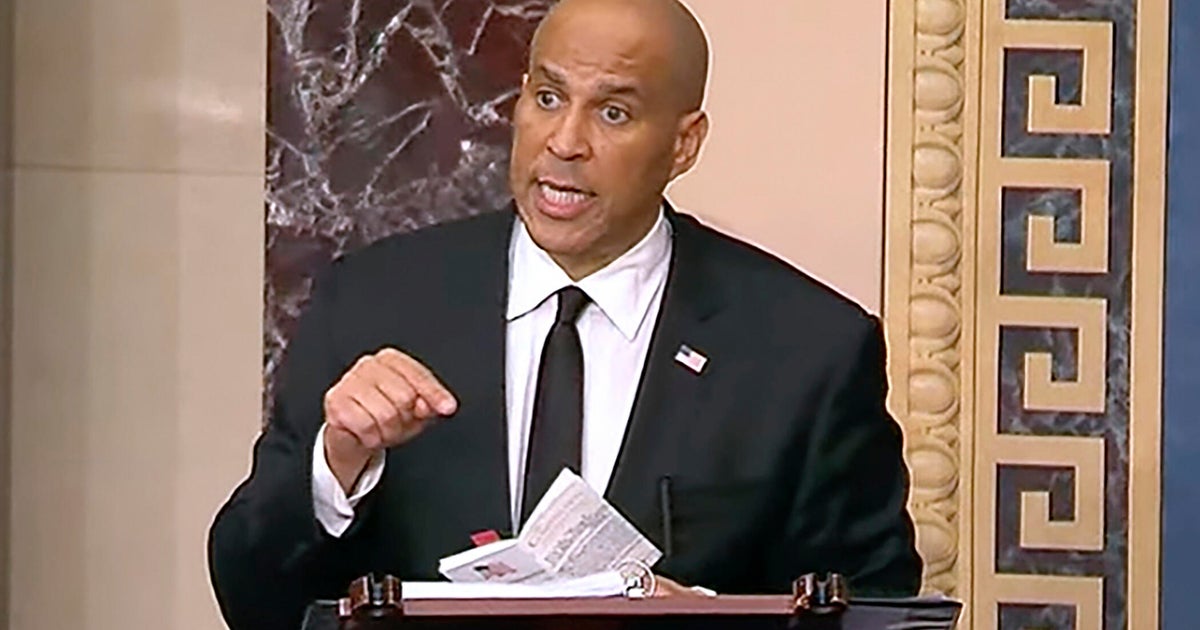Republished with permission from Steve Schmidt
Sitting high on a bluff over the Mississippi River in Vicksburg, there was a forgotten grave in a disgracefully maintained national cemetery of an unknown soldier:
What did he die for? What was his cause?
His cause was freedom. The most popular ballad of the war, “The Battle Hymn of the Republic,” included the lines:
In the beauty of the lilies Christ was born across the sea,
With a glory in His bosom that transfigures you and me:
As He died to make men holy, let us die to make men free,
While God is marching on.
A Times of London editorial explaining the rupture of the United States into two warring halves made a point about what had caused the collapse of the Union:
The South has democracy and is for slavery. The North has democracy and it is for freedom.
MAGA, like the “Lost Cause” myth, rests on a bed of lies and revisionism. Both exist on a straight line—a straight shot from the fallen Confederacy.
What the Confederacy left behind was a faith and religion for America’s losers that held a magic within it.
It could make the hero the villain, and the loser great again.
What it created was a collective and generational grasping for evidence of grievance that gives entitlement to take from others because of the entitlements that arise from deluded notions of superiority.
MAGA is a poisonous philosophy that has revealed itself fully and clearly. Yet, there are some who remain in denial about what it is, and from where it all flows.
There was a hard rain drilling the roof while my wife and I ate breakfast with 10 other people at the appointed hour inside the beautiful Anchuca Historic Mansion & Inn, a Greek revival home that sits inside the Vicksburg historic district. It was built in 1830, expanded in the 1840s, and again in the 1850s.
After serving breakfast, the host welcomed the group, and said that he would talk for a few minutes about the history of the house, and show a video about it.
All present were eager to learn.
Usually, the first lie of my day comes early when I look at the news, and see what deluge of prevarications have fallen on the American people while I slept, dripped like poison on them by the venomous Trump regime.
Saturday morning in Vicksburg changed my routine.
The first lie of the day came gently from a man telling a story dressed as history.
He was a nice man, but his story was a fairy tale descended through the generations, passed down from the families who have roots 10 generations deep in the town sieged and shelled by the United States Army for 47 days that ultimately surrendered to General Grant on July 4, 1863.
Unlike when Trump’s minions gaslight and lie, there was no obvious ill intent when our host referred to the “servants’ quarters” behind the grand house in Vicksburg, Mississippi.
After breakfast we were invited to tour the house, and were taken to the parlor room where Joseph Emory Davis lived. His brother, Confederate President Jefferson Davis, when he was released from federal custody, made a bee line from Fort Monroe to see his brother.
Today, the traitor’s flag that flew over the home during the war hangs on one wall, with a portrait of Jefferson Davis across from it in the living room.

When Jefferson Davis arrived at the house, despite being specifically forbidden from speaking to any crowd as a condition of his parole, he addressed a large and angry white crowd that was ready to fight the occupying US Army from the front balcony of the home. It was one of his last public addresses to the people of Vicksburg.
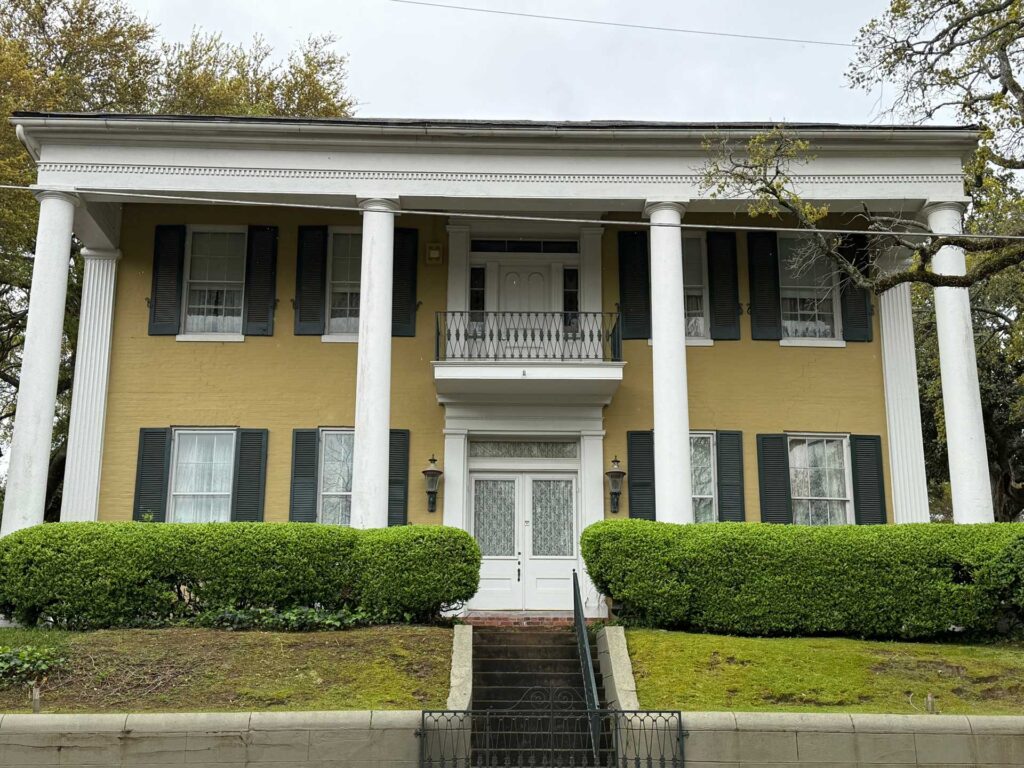
The Confederate mob went home, but their cause did not dim.
East of Vicksburg, away from the mighty river is Jackson, Mississippi, which was the capitol of the wealthiest state of the Union in 1859. Today, it is the corrupt capitol of America’s poorest state, run by mediocrities like Governor Tate Reeves, who follow a long tradition of public predation and open-air theft.
There is a neighborhood in Jackson with a green house. The driveway sits on the left side of the property with a carport perpendicular to the side entry as was typical of homes built in the 1950s:

Myrlie Evers wasn’t playing the piano against the wall in the living room on June 12, 1963. She was in the only bed in the house that wasn’t set directly on the floor below the window line and the bottom of the glass. She was laying on her bed—like millions of Americans were doing—with her kids beside her watching the president of the United States give a national address about segregation. President Kennedy, a combat veteran of the Second World War, was speaking to the American people about a profound moral crisis that was still being ignored by a vast majority of white Americans.
Here is a taste of the speech:
We are confronted primarily with a moral issue. It is as old as the scriptures and is as clear as the American Constitution.
The heart of the question is whether all Americans are to be afforded equal rights and equal opportunities, whether we are going to treat our fellow Americans as we want to be treated. If an American, because his skin is dark, cannot eat lunch in a restaurant open to the public, if he cannot send his children to the best public school available, if he cannot vote for the public officials who will represent him, if, in short, he cannot enjoy the full and free life which all of us want, then who among us would be content to have the color of his skin changed and stand in his place? Who among us would then be content with the counsels of patience and delay?
One hundred years of delay have passed since President Lincoln freed the slaves, yet their heirs, their grandsons, are not fully free. They are not yet freed from the bonds of injustice. They are not yet freed from social and economic oppression. And this Nation, for all its hopes and all its boasts, will not be fully free until all its citizens are free.
Outside of Myrlie Evers’ window, a campaign slogan was coming together.
A United States Marine Corps veteran of Guadalcanal, who was wounded in Okinawa, aimed his rifle at the back of a combat veteran of the United States Army, who served as part of the legendary Red Ball Express from Normandy until the end of the war.
Which one was a member of the “greatest generation?” Maybe the term deserves rethinking. Maybe the greatest generation hasn’t been born yet?
Maybe it will be the generation that fulfills America’s promise by building the city on a hill.
This was the work of the man who had the target on his back. He was the first field officer of the NAACP in Mississippi, but when it came to the civil rights struggle of 1963 in Mississippi, he was “the straw that stirred the drink”—only he wasn’t playing a game.
Medgar Evers didn’t know what to say to his wife Myrlie when they first met. She had turned around and leaned up on a pole when she heard the thundering herd of a football team in cleats coming back to the locker room after practice. The army veteran and athlete stopped in front of her, and found himself at a loss for words. He gave her safety advice, warning her to stay clear of the pole in case there was lightning.
Marriage leaves little unsaid, and so shortly before June 12, 1963, when Myrlie Evers suggested that he buy a new suit, Medgar’s response had absolute clarity.
He said he would never get a chance to wear it.
Medgar Evers had committed an unpardonable sin in 1963 Mississippi. He went on Mississippi television, and told the truth about Jim Crow.
He broke the “cotton curtain.”
Here is how “CBS News” recalled the 50th anniversary of the event 12 years ago:
In the spring of 1963, following the successful civil rights campaign in Birmingham, Alabama, Evers and the NAACP sued the city of Jackson to desegregate its public elementary and high schools, and he called for equal access to public accommodations and city jobs.
On WLBT, Jackson Mayor Allen Thompson rejected the idea of a biracial committee to study change and criticized the NAACP as “outside agitators.”
Finally, Evers was granted time to respond, on May 20, 1963. He spoke for 17 minutes, beginning by telling his audience he was as an U.S. Army veteran who fought fascism and Nazism in Europe during World War II.
He talked about a 40 percent black city of 150,000 residents that had no black police officers, firefighters, or clerks. He called for a black man being able to “register and vote without special handicaps imposed on him” and “more jobs above the menial level in stores where he spends his money.”
Evers said toward the end: “The two races have lived here together. The Negro has been here in America since 1619, a total of 344 years.
He is not going anywhere else; this country is his home. He wants to do his part to help make his city, state, and nation a better place for everyone, regardless of color and race. Let me appeal to the consciences of many silent, responsible citizens of the white community who know that a victory for democracy in Jackson will be a victory for democracy everywhere.”
Because he told the truth about truths that were suppressed in Mississippi he was killed.
Byron De La Beckwith had a straight shot at Medgar Ever’s back.
He fired.
The bullet went through Medgar Evers, through the window, through the wall and bounced off the refrigerator before landing on the counter where Myrlie Evers cooked dinner for her children.
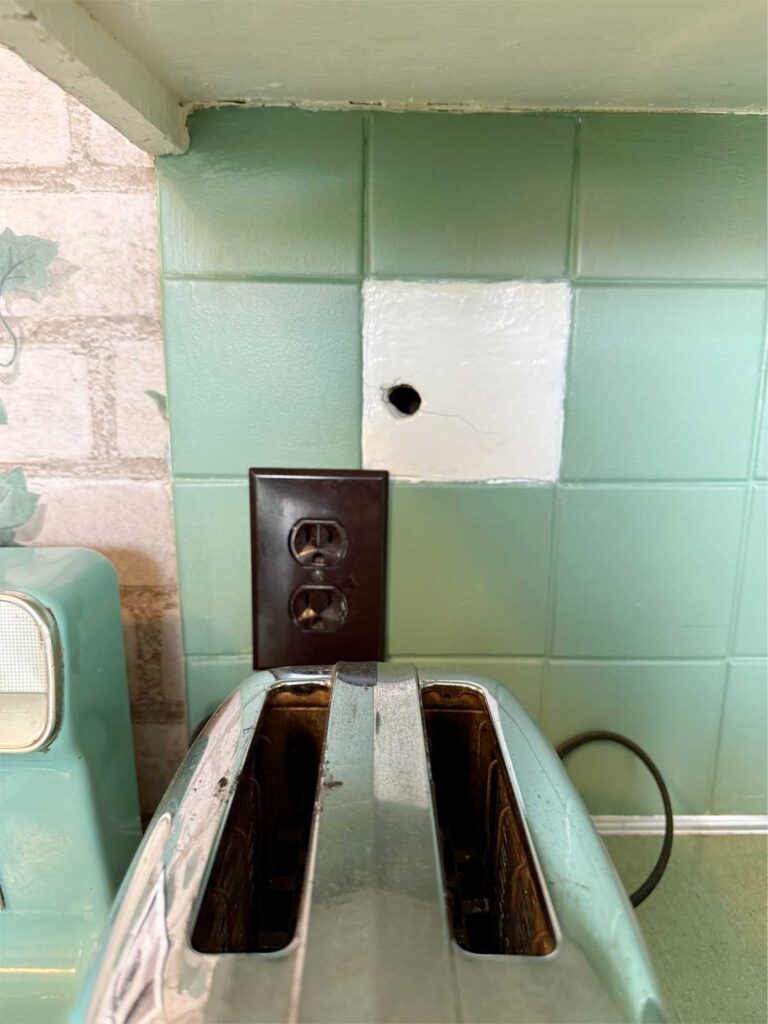
Medgar Evers died crawling to his door.
Everyone in America knew Medgar Evers was murdered, and everyone knew who did it.
Mississippi Governor Ross Barnett came to Beckwith’s trial to shake his hand.
When Byron De La Beckwith ran for lieutenant governor of Mississippi in 1967, after being acquitted by two all-white Mississippi juries, his campaign slogan was “Straight Shot.”
Finally, in 1994, he was convicted of murder, and died in prison.
Justice came for Byron De La Beckwith.
Justice also came in 2005 for three young men: James Chaney, Michael Schwerner, and Andrew Goodman.
Everyone knew who killed them. They were murdered by police, which was run by the Ku Klux Klan, on Mississippi Highway 19 South en route to Meridian.
Outside the courthouse where justice was hindered until 2005 sits a 65-foot tall Confederate statue of a soldier cast in the familiar pose of memorials from 1915-1925 in the south:
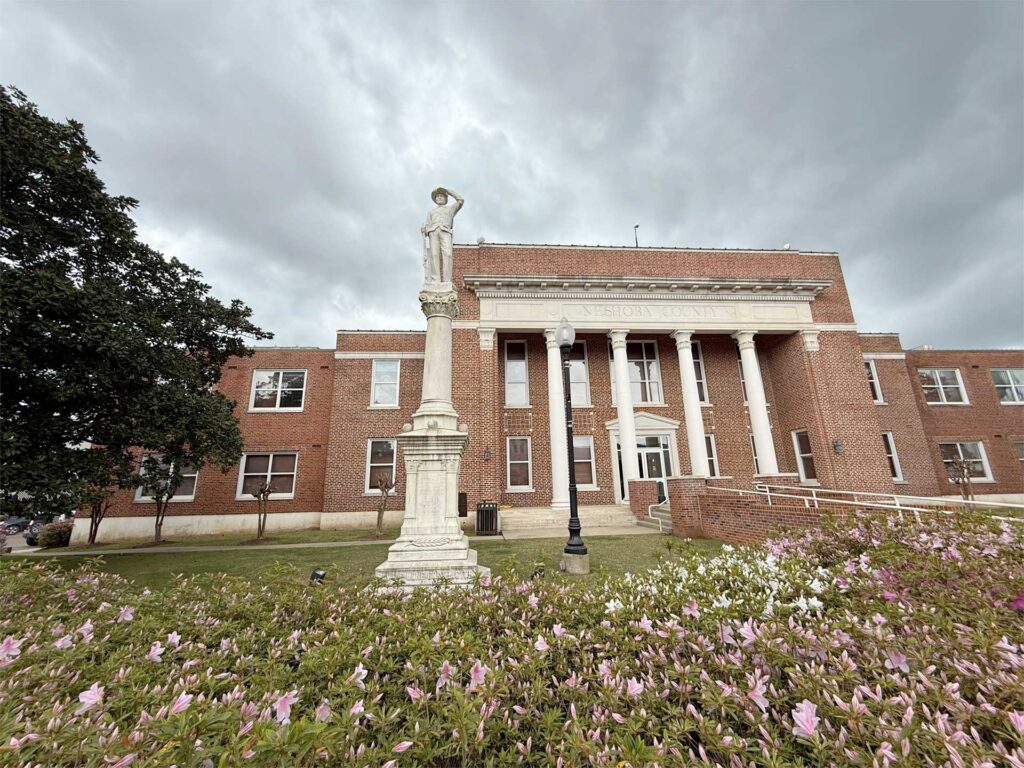
I stood on the road, and looked up in the direction from which the three young men were headed, and down the road they would not continue down:
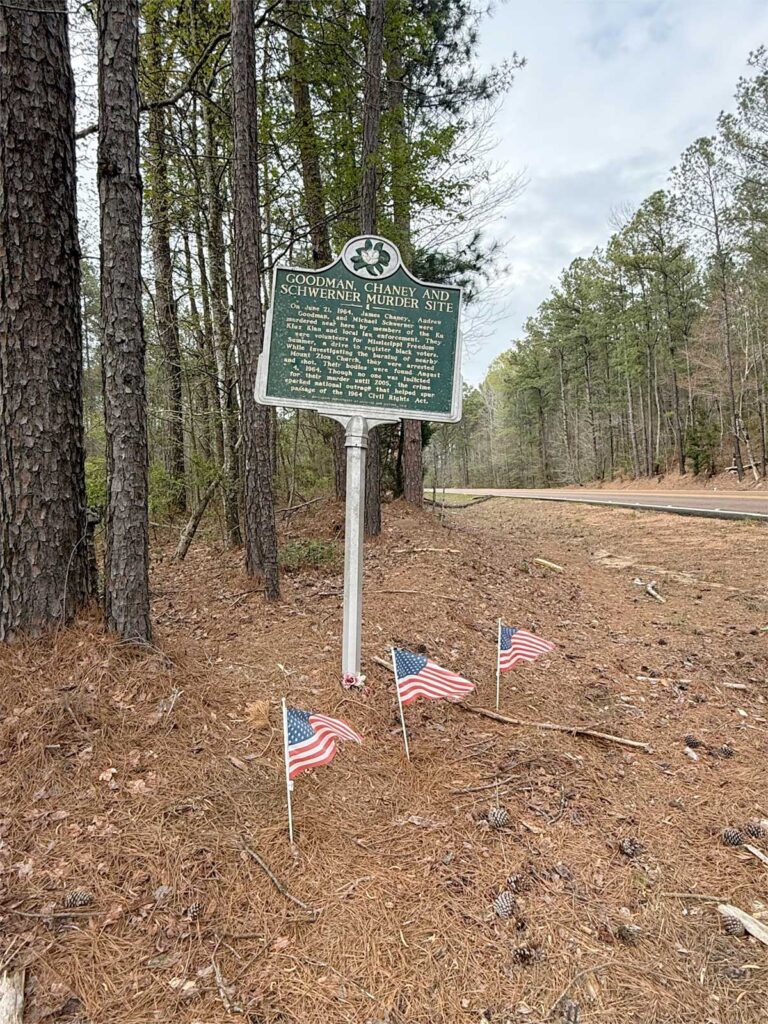
I thought about Medgar Evers, James Chaney, Michael Schwerner and Andrew Goodman, standing in the middle of that road.
I thought about Evers, who was 38, loved to fish, and loved his wife and kids.
I thought about the terror and courage of the young men who had come to register black people to vote in Mississippi, and asked myself a question: why did they do it?
When the civil rights workers disappeared the Mississippi Governor L.B. Jackson snarled in the camera, and said that “maybe they had gone to Cuba.” No doubt, if Fox News had been around at the time, that is where his clever wit would have been first exercised.
I thought about Medgar Evers and his new suit.
All he had to do was shut up and stop. All he had to do was leave Mississippi.
Medgar Evers could not leave Mississippi because he was a man who could not back down.
This country is filled with people who cannot—and will not—back down from the pursuit of justice.
President Kennedy was so outraged by the murder of Medgar Evers that he arranged for his burial at Arlington National Cemetery, where he was laid to rest with full military honors as a martyr to freedom.
One hundred and fifty-nine days later, JFK would be buried not very far away in another section.
Pete Hegseth has ordered the story of Medgar Evers and his grave site location be scrubbed from the Arlington website. The only thing this proves is that Pete Hegseth is a moral infant with a broken character.
Medgar Evers cannot be erased. Myrlie Evers is 92 years young.
The Tuskegee Airmen cannot be erased.
Mississippi and its history cannot be erased or hidden because it is American history.
Medgar Evers loved his country and his state. Mrs. Evers knew that it would please him that the name of his state was not abbreviated on his headstone.
Medgar Evers, James Chaney, Michael Schwerner and Andrew Goodman were murdered by hate, but died for love.
They died for the love of justice and an ephemeral idea about freedom.
Some people say that they are too exhausted after 10 years of Donald Trump to resist his presidency anymore. These people say that they are so worn down that they cannot bear to watch the news, or inform themselves about what is happening.
Myrlie Evers was laying in bed with her children close on the only bed in the house that was raised high watching the president of the United States talk about change.
Outside, her husband went to the trunk of his car.
He was coming home to watch the speech.
The rifle cracked the air and Medgar Evers was dead. He was killed for going on American television in 1963, and sharing a secret that was never pretending to hide. Instead, it just demanded that the truth never be spoken and what was plainly seen remain unseen.
Brave people said, “No.”
I stood on the spot where Medgar Evers died, and I know that this country belongs to us, not the forces that killed him.
What side do I stand on?
What side do you stand on?
I stand for the cause that James Chaney, Michael Schwerner, and Andrew Goodman died for.
I stand for the America that looks at Medgar Evers, and says that was a very great man with the deepest gratitude.
I stand for the cause remembered on the side of the road by a marker that remembers what happened there.
I’m headed north now.
The tags on my license plate hold a state motto: Live Free or Die.
No truer words.
A ride through Mississippi has helped me recall what this fight is about.
The days ahead in America will be brutal and the crisis will worsen.
Yet, the ending is not in doubt.
It can’t be.
The country has always produced its Donald Trumps and Pete Hegseths, and every other version of a Trump minion.
What those people underestimate is that it has also produced people like Medgar and Myrlie Evers and James Chaney, Michael Schwerner and Andrew Goodman. They are not forgotten.


:max_bytes(150000):strip_icc()/GettyImages-2205311959-4e81505b5b11480ca8212c656df19309.jpg)










